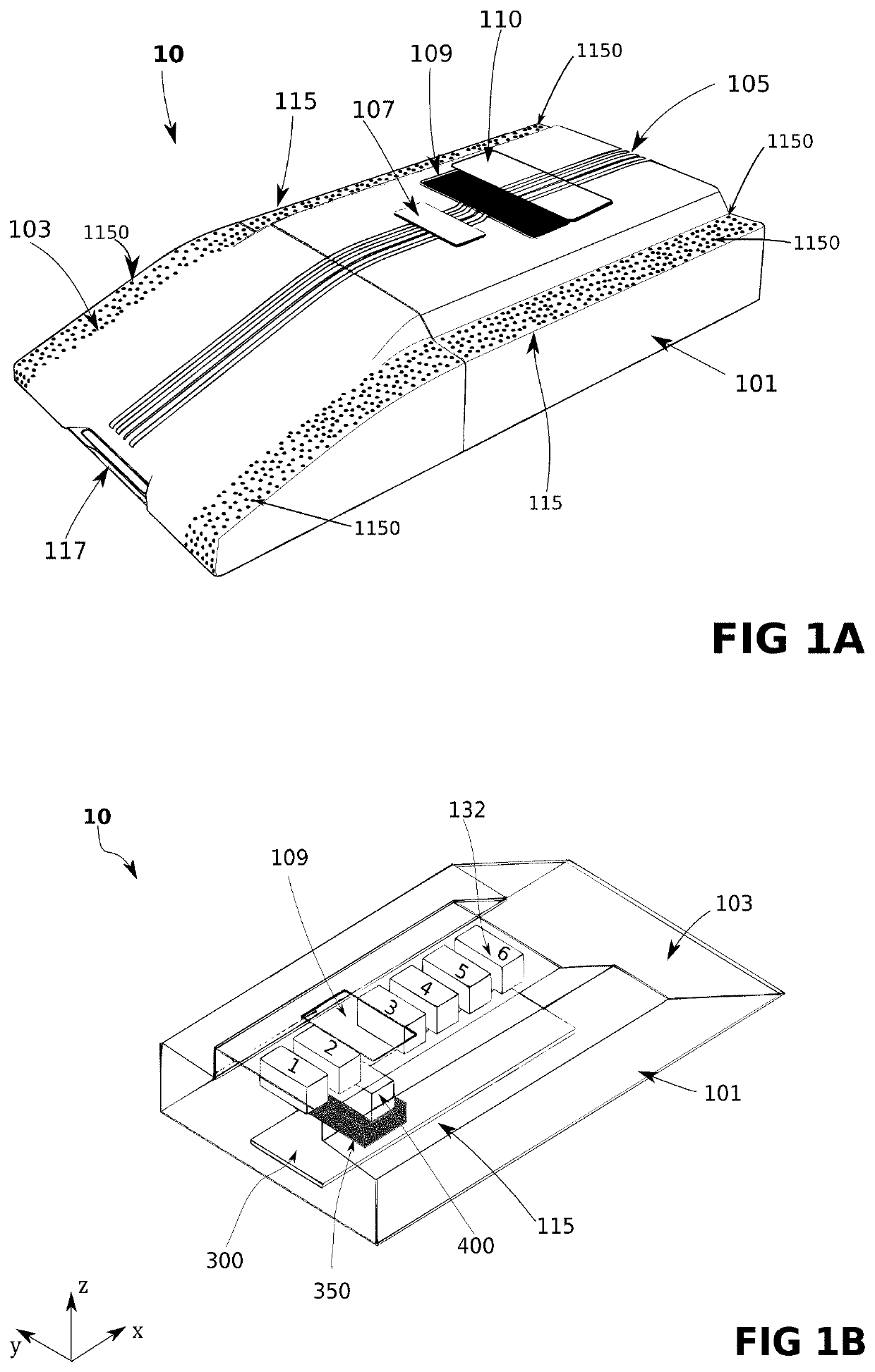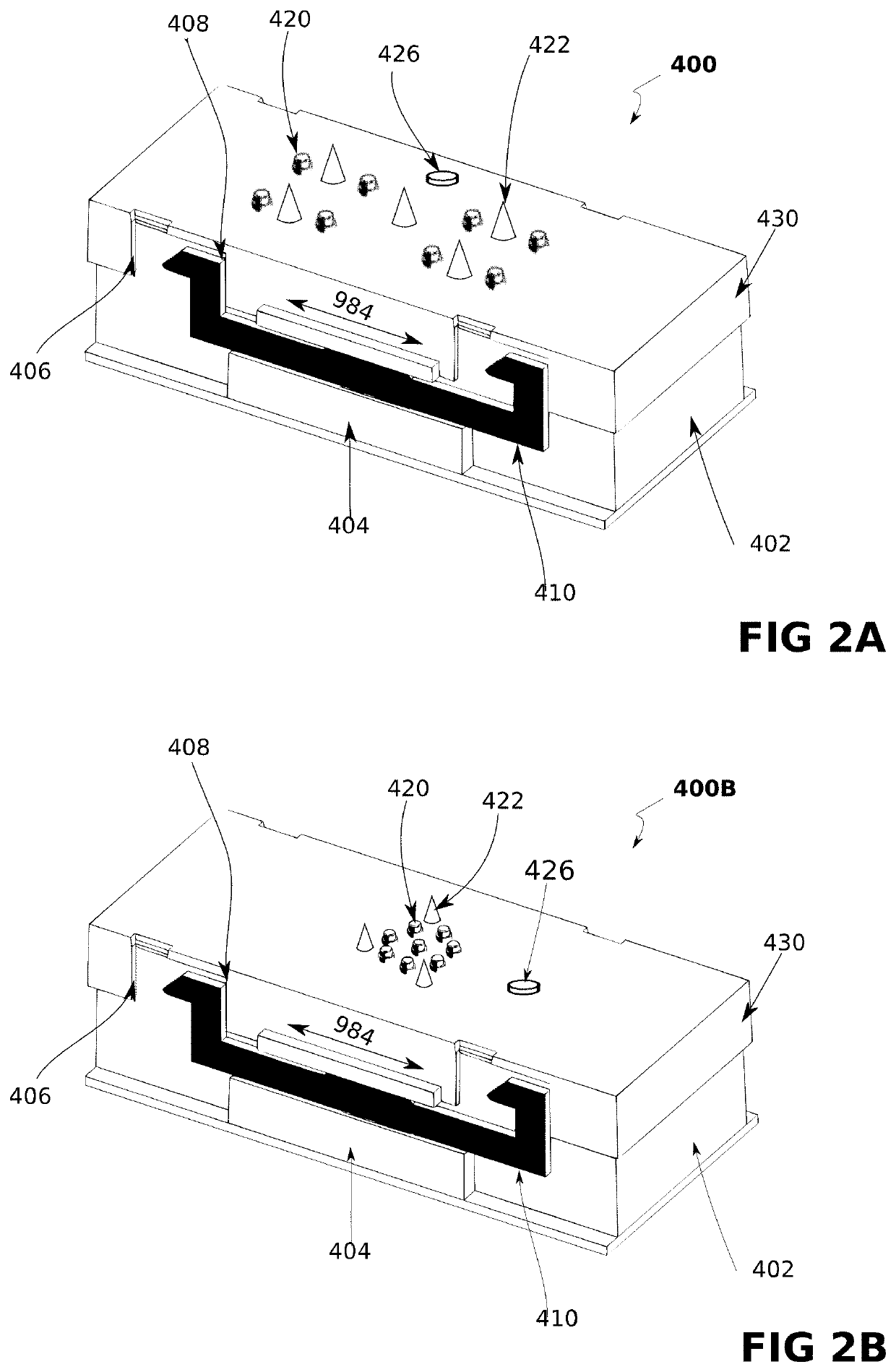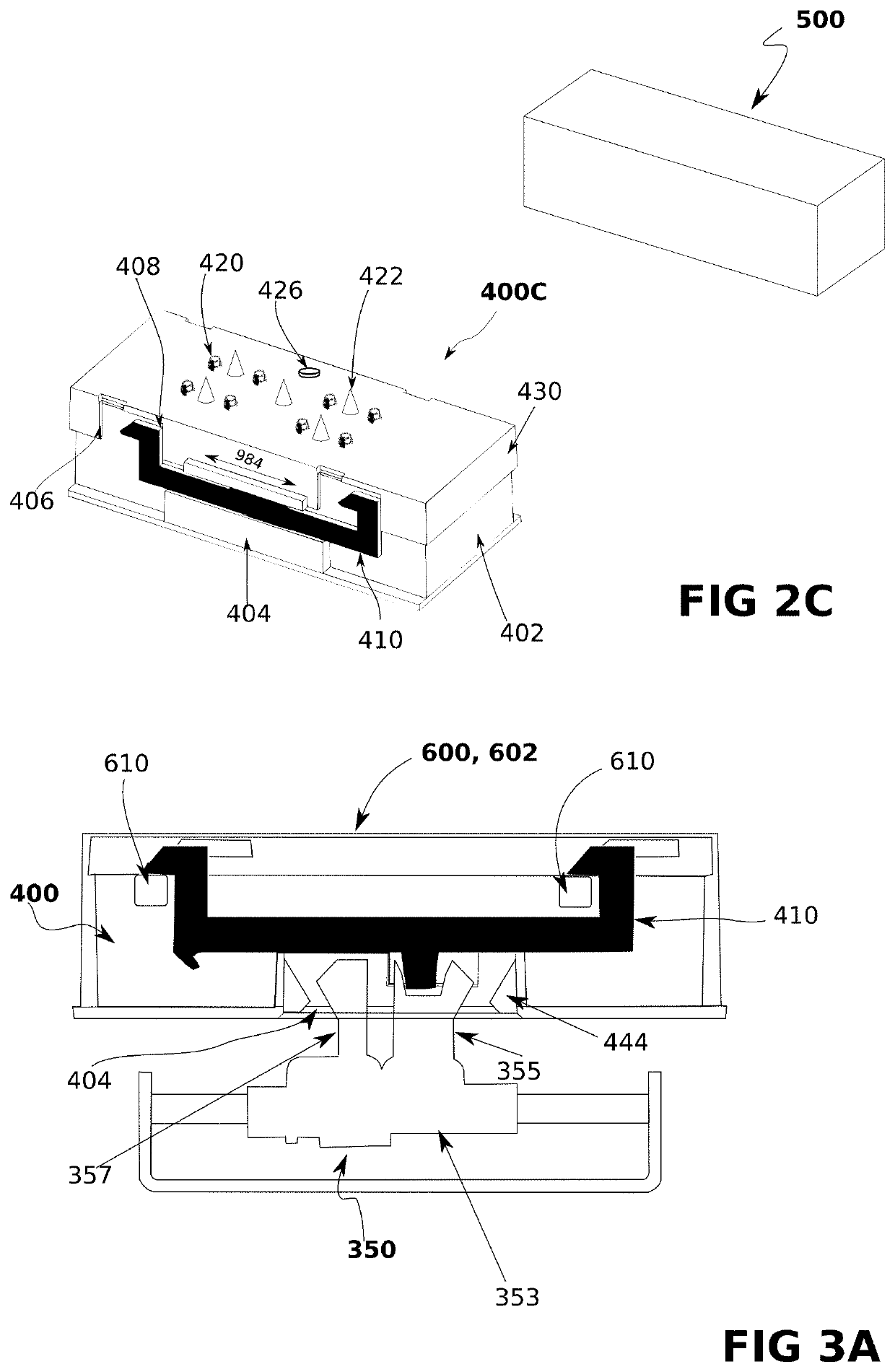Battery and a system for swapping and/or charging a battery of a mobile robot
a mobile robot and battery technology, applied in the field of mobile robot batteries, can solve the problems of battery colliding with the battery holder or acting on the battery holder with at least one force, affecting the physical health of the operator, and affecting the operation of the battery, so as to facilitate increase the tolerable misalignment. , to achieve the effect of facilitating the battery swapping process
- Summary
- Abstract
- Description
- Claims
- Application Information
AI Technical Summary
Benefits of technology
Problems solved by technology
Method used
Image
Examples
Embodiment Construction
[0161]In this section, exemplary embodiments of the battery station 10 will be described, referring to the figures. These examples are given to only provide further understanding of the invention and do not intend to limit the scope of the present teaching in any way.
[0162]In the following description, a series of features and / or steps are described. The skilled person will appreciate that unless required by the context, the order of features and steps is not critical for the resulting configuration and its effect. Further, it will be apparent to the skilled person that irrespective of the order of features and steps, time delays between steps can be present between some or all of the described steps.
[0163]FIG. 1A depicts an outer perspective view of an embodiment of the battery station 10. Throughout the text, to keep the sentences clear and not overloaded, the battery station 10 may be referred to as station 10. The embodiment of the station 10 as depicted in FIG. 1A, may comprise...
PUM
| Property | Measurement | Unit |
|---|---|---|
| height | aaaaa | aaaaa |
| height | aaaaa | aaaaa |
| height | aaaaa | aaaaa |
Abstract
Description
Claims
Application Information
 Login to View More
Login to View More - R&D
- Intellectual Property
- Life Sciences
- Materials
- Tech Scout
- Unparalleled Data Quality
- Higher Quality Content
- 60% Fewer Hallucinations
Browse by: Latest US Patents, China's latest patents, Technical Efficacy Thesaurus, Application Domain, Technology Topic, Popular Technical Reports.
© 2025 PatSnap. All rights reserved.Legal|Privacy policy|Modern Slavery Act Transparency Statement|Sitemap|About US| Contact US: help@patsnap.com



